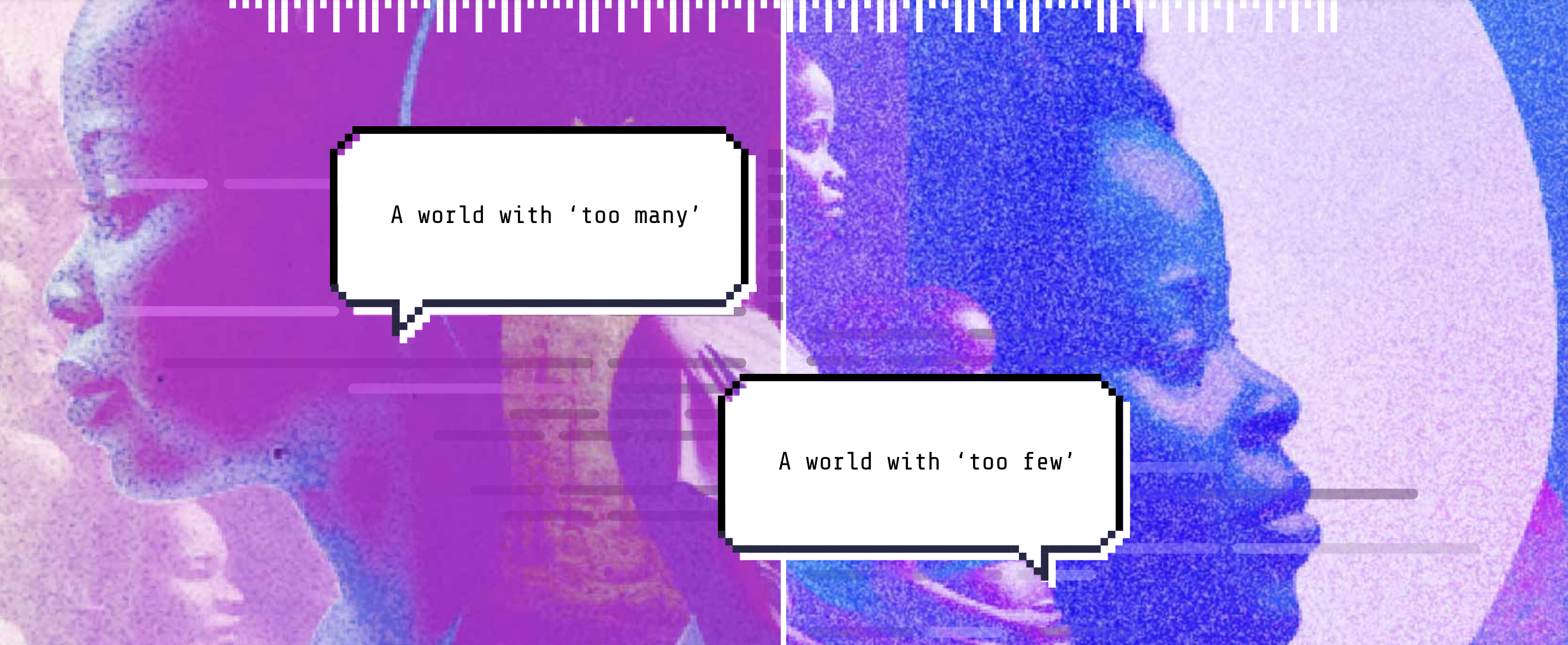State of the World Population 2023
On 15 November 2022, the world’s population surpassed 8 billion people. Our human family is now larger than ever before. Collectively, we live longer and enjoy healthier lives than at any other point in human history.
At 8 billion strong,the world’s population is the largest it’s ever been.
At this landmark demographic moment, it can be tempting to draw the easy conclusion that population dynamics are the root cause of multiple, intersecting challenges facing our world. Some blame dwindling resources and raging conflicts on there being ‘too many’ of us; others fear falling birth rates will leave the planet devoid of people, with ‘too few’ of us to sustain life as we know it.
Yet ours is also a world of anxiety and uncertainty. Challenges like climate change, economic upheaval, conflict and COVID-19 have brought us to a crossroads, where the threat of a worse future for humanity feels just as possible as the promise of a better one.
POPULATION MATTERS

Human population has always undergone transformation. At each moment of demographic change, population alarmists have wrung their hands, warning against population ‘booms’ or ‘busts’. And yet, despite oft-repeated predictions of societal collapse, history has made clear that humanity can not only survive population change – but thrives because of it.
This doesn’t mean that population trends aren’t important. Rather, it is precisely because they are so important that we must move past simplistic narratives of “too many” or ‘too few’. Because these narratives also present fertility rates as a problem to be solved, reducing women’s bodies to political battlegrounds and denying half the population their right to bodily autonomy.







